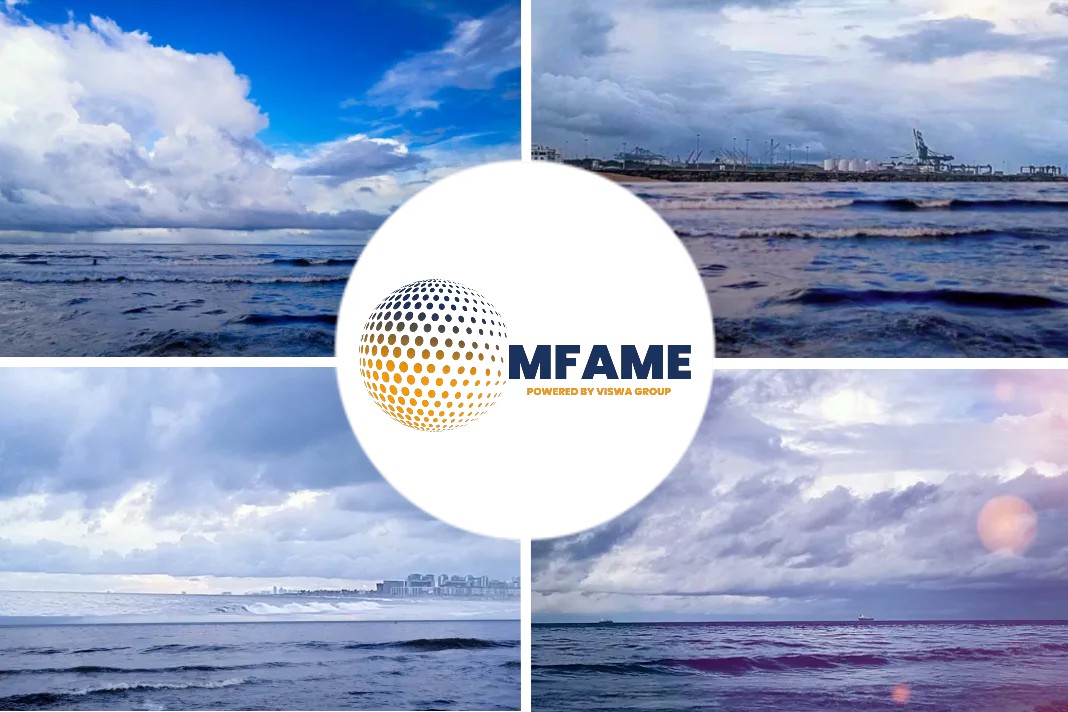
LR’s new Engine Retrofit Report says a shortage of repair yards with experience in conversions may hinder the take up of alternative fuel technology by the existing fleet, says lr.org.
A Lloyd’s Register (LR) report on the state of technology, integration and compliance, alongside the business case for retrofitting vessels, has found that repair yard capability and capacity concerns could thwart the uptake of alternative fuel technology onboard existing ships.
Engine retrofits to decarbonise
The Engine Retrofit Report, includes modelling that reveals a potential market of 9000-12,900 large merchant vessels that could consider engine retrofits to decarbonise by 2050. Key factors influencing the size of the market and the timing of retrofits include the date by which shipping begins building only zero-emission vessels, as well as the age at which owners or operators decide to retrofit their vessels and the suitable engine types and bore sizes. Look as an effective tool to accelerate decarbonisation.
System integration
One of the key challenges with retrofits identified in the report is system integration, with significant issues such as accommodation for larger fuel tanks, space for fuel preparation equipment and ensuring safety measures are in place, all providing obstacles to rapidly retrofitting the existing fossil fuel fleet.
The report includes updates on the latest technology from Original Equipment Manufacturers (OEMs) including Wärtsilä, MAN Energy Solutions and WinGD.
Claudene Sharpe-Patel, Lloyd’s Register Technology Director, said:“Decarbonising the existing fleet is crucial for reducing the maritime industry’s greenhouse gas emissions. Without significant progress in this area, there could be as many as 20,000 commercial vessels relying on fossil fuels by 2050. We must, therefore, focus industry efforts on addressing the issues that LR’s Engine Retrofit Report raises such as yard capacity, conversion capability and system integration, helping stakeholders from the maritime value chain navigate the obstacles to installing future fuels technology on the existing global fleet.”
Did you subscribe to our daily newsletter?
It’s Free! Click here to Subscribe!
Source: LR.org






















